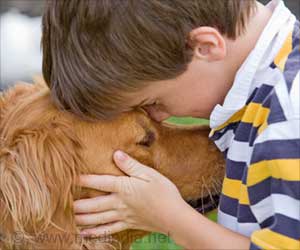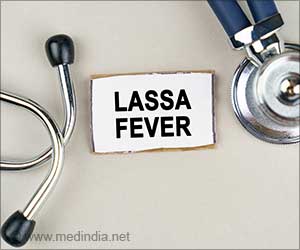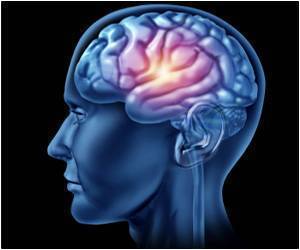Melanocortin 2 receptor gene (MC2R) may have played a role in the domestication of dogs promoting lower levels of stress around humans.

‘Melanocortin 2 receptor gene (MC2R) may have played a role in the domestication of dogs promoting lower levels of stress around humans.’





The findings are published in Scientific Reports.Dogs and Humans: What is the Connection?
Changes to different genes, usually controlling hormones that influence social behavior, have been implicated in the domestication of dogs but it has not been established precisely which genetic changes might have taken place.Miho Nagasawa and colleagues investigated the social cognitive interactions of 624 domestic dogs using two tasks. In the first task, the dog had to decide which bowl had food hidden under it based on cues, such as gazing, pointing and tapping, from the experimenters. This tested the dog’s understanding of human gestures and communication.
In the second task, the dog was presented with a problem-solving test which involved them attempting to open a container in order to access food. In this task, the frequency and length of time the dog spent looking at the experimenters were measured which represented social attachment to humans.
The authors separated the dogs into two groups depending on their breed: the Ancient group (consisting of breeds considered genetically closer to wolves such as the Akita and Siberian Husky) and the General group (all other breeds which are more genetically distant from wolves).
The authors report that dogs in the Ancient group looked at the experimenters less often than other dogs during the problem-solving task, suggesting that they were less attached to humans. There were no significant breed-related differences in the first task.
Advertisement
Two changes to the MC2R gene were associated with both correctly interpreting gestures in the first task and gazing at the experimenters more often in the problem-solving task.
Advertisement
Source-Eurekalert








